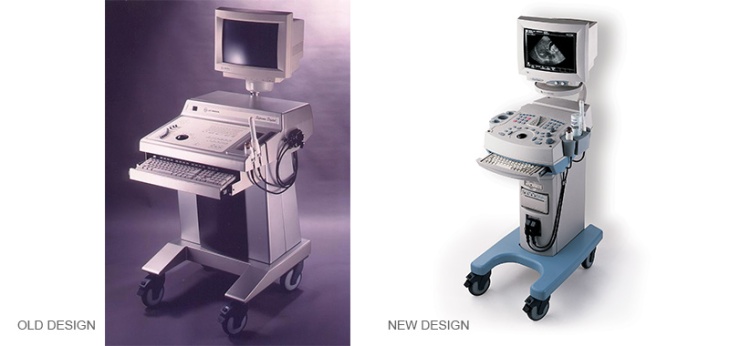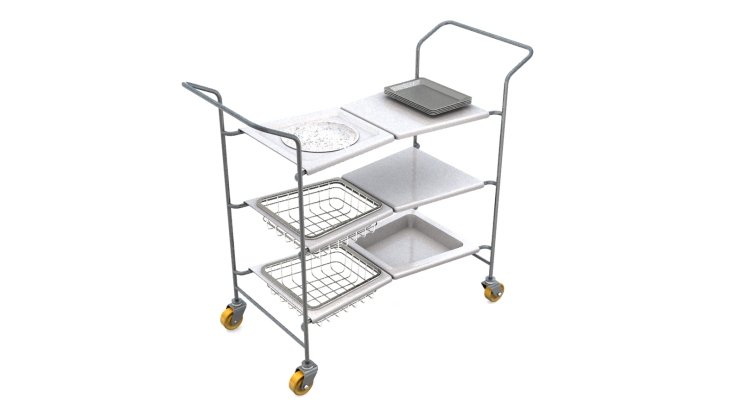It’s the International Women’s Day and it is time to celebrate womanhood in all its glory. Fortunately for us in Design and especially in India, women constitute 50% of our profession, if not more. The profession sees no gender biases and many women designers are vocal, visible and successful in India.
I am writing to bring to the notice of buyers of design, about bringing gender nuances to products and communication which will make them more gender-neutral.
When we were asked to design a range of craft kits or hobby kits for children, we were asked by the client to make kits for girls. When we enquired why, we were told that crafts are a girls’ domain. To educate our client and therefore the end users, we designed a series of kits that were specifically gender-neutral.
 So we did a kit where you learn to make and fly kites. Or make props for play-acting. Or making stuff to celebrate Halloween and Diwali. We had, in the process, educated our client and ensured a new set of happy customers for him.
So we did a kit where you learn to make and fly kites. Or make props for play-acting. Or making stuff to celebrate Halloween and Diwali. We had, in the process, educated our client and ensured a new set of happy customers for him.
While working on products for children was easy, working on gender-specific products for women, was not. When a client approached us to design a device for women to stand-and-pee at restrooms and other places, we were completely at sea. We realised that designing for women is not such an easy task. I remember as a student, I was discouraged by my teachers, when I wanted to design a delivery table for women. I was told that it is unfamiliar territory. The same male teacher, however, had developed a ‘pill-dispenser’ for sexually active women, which indicated safe days for coitus.
How often do we see products and spaces developed exclusively for women? By men? In a free-wheeling conversation, a fellow designer mentioned about Taj Hotels’ disastrous attempt to create a ‘Women’s only‘ floor. A nifty idea to begin with. But the spaces were designed with pink walls and flowery bedsheets and stocked with women’s magazines and cookery books. This was clearly a man’s idea of a woman’s space!
Why are women’s razors pink and curvy? Who ordained it this way? A quick image search shows all of girls’ bicycles in pink!
Why should girls’ bicycles be in pink with a flower basket in the front? Why are there more men’s toilets in public spaces? These stereotypes are still going on, mainly because of the fact that men decide for women in most such cases. While there are enough architects and designers who are women, we are yet to see the gender-neutrality getting into our psyche.
It isn’t enough celebrating successful women on every 8th of March. We need to march towards a gender-neutral society. We need to be not just inclusive. We need to focus our energies on designing exclusive products and systems and spaces that are for women and women-friendly. With a lot of empathy. And this has to be done with the sensitivity it deserves, so that design gets engendered. Otherwise, it will definitely, get endangered.













